Nicaragua
Welcome to Nicaragua
Welcome to Nicaragua, a captivating country in Central America known as the “Land of Lakes and Volcanoes.” It boasts a stunning natural landscape filled with vast lakes, active and dormant volcanoes, tropical rainforests, cloud forests, and pristine beaches along both the Pacific Ocean and Caribbean Sea. Nicaragua offers a rich blend of colonial history, vibrant culture, and thrilling outdoor adventures, making it an increasingly popular destination for travelers seeking authenticity, natural beauty, and affordability.
Nicaragua is the largest country in Central America and features diverse environments ranging from the colonial charm of cities like Granada and León to the wild, unspoiled beauty of islands such as Little Corn Island and Ometepe. The country’s geography includes Central America’s largest lake, Lake Nicaragua, and numerous volcanoes that provide unique hiking and adventure opportunities. Visitors can explore colonial architecture, bustling markets, and vibrant art scenes, especially in cultural hubs like León, known for its murals and lively nightlife.
Despite its growing tourism sector, Nicaragua remains less visited than its neighbors, offering travelers a more off-the-beaten-path experience. The country is budget-friendly, with many activities and accommodations accessible to travelers on modest budgets. Outdoor enthusiasts will find ample opportunities for hiking, surfing, kayaking, and wildlife spotting, while history buffs can delve into the country’s rich cultural heritage, including museums, ancient churches, and colonial forts.
Why Visit Nicaragua?
1.
Natural Wonders and Adventure: Nicaragua’s landscape is a playground for adventure lovers. From climbing active volcanoes like Cerro Negro and Mombacho to diving with hammerhead sharks near Little Corn Island, the country offers thrilling experiences in breathtaking settings. The abundance of lakes, rivers, and beaches also makes it ideal for water sports such as kayaking, surfing, and fishing.
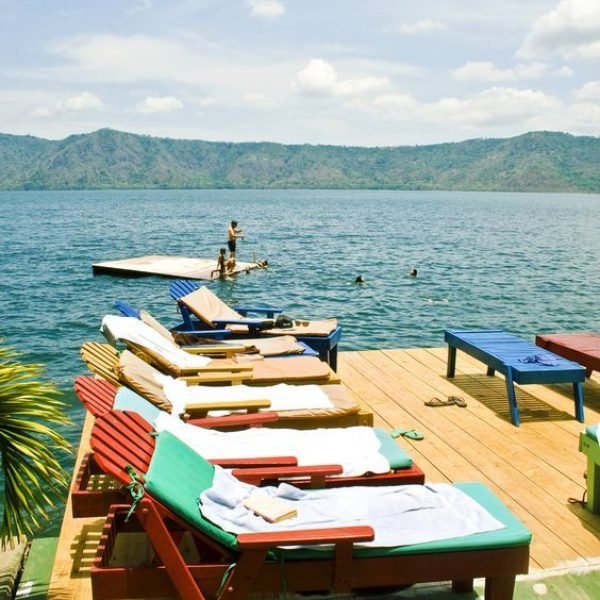
2.
Authentic Culture and Colonial Charm: The country’s colonial cities, especially Granada and León, showcase beautifully restored architecture, vibrant markets, and a lively arts scene. Visitors can immerse themselves in local traditions, enjoy delicious street food like quesillo, and explore museums and historic sites that tell the story of Nicaragua’s past and present.
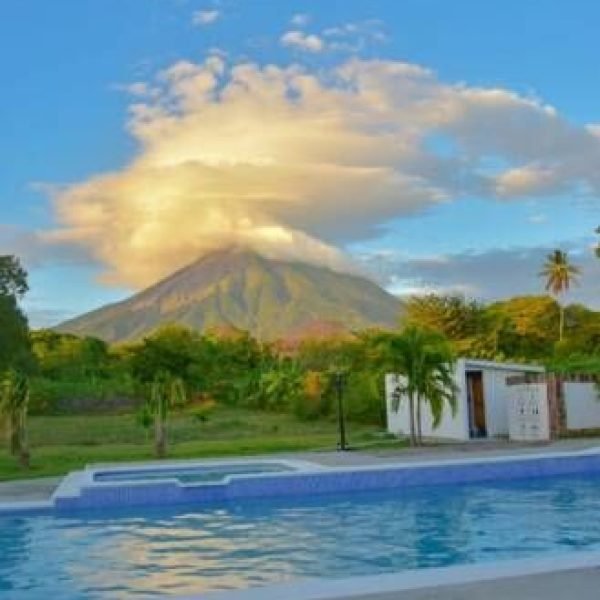
Planning Your Trip
Visa Information
Most travelers from the United States, Canada, the European Union, and many other countries do not require a visa for tourist visits up to 90 days. However, it is important to check the latest entry requirements before traveling, as policies can change. A valid passport with at least six months’ validity beyond the date of entry is generally required.
Best Time to Visit
The ideal time to visit Nicaragua is during the dry season, which runs from November to April. This period offers sunny days and pleasant temperatures, perfect for beach visits, hiking, and exploring cities. The rainy season, from May to October, brings lush green landscapes and fewer tourists but also increased humidity and afternoon showers, which may affect outdoor plans.
Getting To and Around
- Arrival: Most international travelers arrive via Augusto C. Sandino International Airport in Managua, the capital city. While Managua itself is not a major tourist destination due to safety concerns and limited attractions, it serves as the main gateway to other parts of the country.
- Internal Travel: Nicaragua has a reasonably good network of buses connecting major cities and tourist spots. For more comfort and flexibility, travelers often use shuttle services or rent cars. Domestic flights are available to some destinations, such as the Corn Islands on the Caribbean coast.
- Getting Around Locally: Within cities and towns, taxis and tuk-tuks are common and affordable. Walking is also a great way to explore colonial towns like Granada and León, where many attractions are concentrated in compact areas.
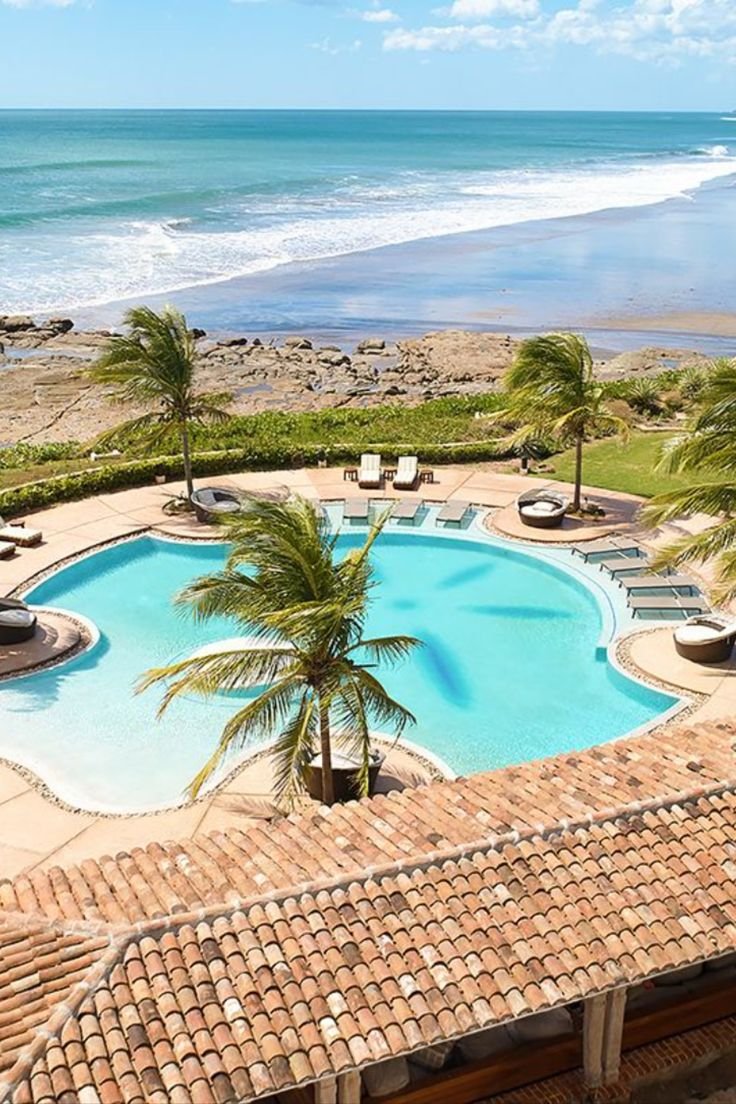
Accommodation
Nicaragua’s accommodation options span from economical hostels and guesthouses to boutique hotels and eco-lodges, providing something for every budget and taste.
Hostels and Budget Stays
For travelers on a tight budget or those seeking a social atmosphere, hostels like Pandora Hostel in Granada and Casa Mauro on Ometepe Island offer clean, comfortable dorms and private rooms with friendly staff and communal spaces. These places often include free breakfast and organize activities such as island tours and quad biking, making them ideal for meeting fellow travelers and exploring the area affordably.
Boutique Hotels and Guesthouses
Colonial cities such as Granada and León are dotted with charming boutique hotels and guesthouses. For example, Hotel Boutique Victoria in Moyogalpa on Ometepe Island features spacious bungalow-style rooms with beautiful views of volcanoes, a swimming pool, and personalized service. Similarly, Colibri Hostal in León provides a quiet, safe environment close to the city center with cozy rooms and breakfast included.
Luxury Resorts and Eco-Lodges and Villas
Nature lovers can opt for eco-farms and lodges that emphasize sustainability and immersion in the environment. Finca Las Nubes is a notable example, offering beautiful villas surrounded by cloud forests, with meals prepared by an on-site chef. These accommodations provide a peaceful retreat with opportunities for hiking, birdwatching, and enjoying local cuisine.
For those seeking more upscale comfort, Nicaragua has several luxury resorts, especially around beach destinations like San Juan del Sur and the Corn Islands. These resorts offer premium amenities such as swimming pools, spa services, gourmet restaurants, and beachfront access, perfect for a relaxing and indulgent stay.
Rural and Nature Stays
Key areas with a variety of accommodations include Managua (the main entry point), Granada, León, San Juan del Sur, Ometepe Island, and the Corn Islands. Each location offers a unique vibe, from bustling urban centers to tranquil island paradises.
Most accommodations provide breakfast, and many offer additional services such as airport transfers, guided tours, and equipment rentals. Booking in advance is recommended, especially during the dry season (November to April), when tourism peaks.
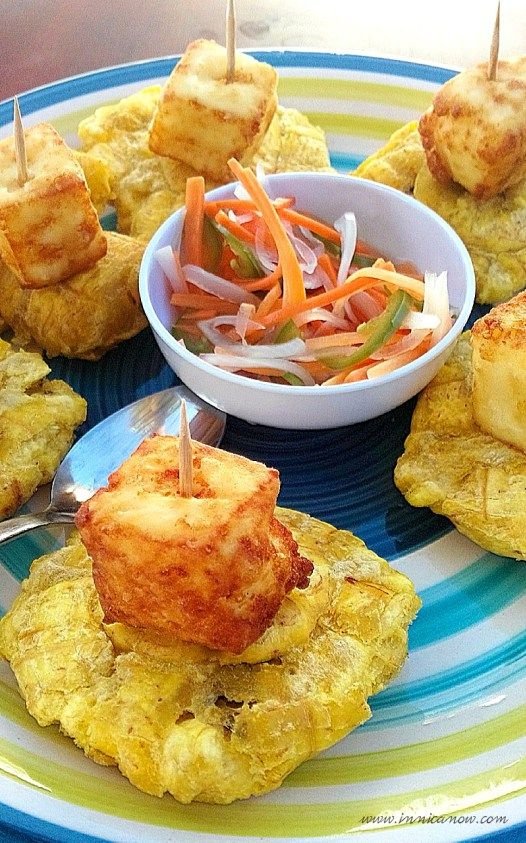
Food and Drink
Nicaraguan cuisine is a flavorful reflection of its indigenous, Spanish, and Afro-Caribbean influences. The food is hearty, fresh, and often made with locally sourced ingredients, offering visitors a delicious culinary journey.
- Staple Dishes: The national dish is gallo pinto, a savory mix of rice and black beans typically eaten for breakfast with eggs, cheese, and fried plantains. Another popular dish is nacatamales, Nicaraguan tamales made with corn dough stuffed with pork, rice, vegetables, and wrapped in banana leaves, slow-cooked to perfection.
- Street Food and Snacks: Street vendors serve up tasty and affordable snacks such as quesillos (soft cheese wrapped in a tortilla with cream and pickled onions), vigorón (yuca topped with pork rinds and cabbage salad), and empanadas filled with meat, cheese, or beans. These quick bites are perfect for sampling local flavors on the go.
- Seafood: Coastal regions and islands boast fresh seafood dishes including grilled fish, ceviche, shrimp, and lobster. The Caribbean coast offers unique dishes influenced by Afro-Caribbean culture, featuring coconut milk and spices.
- Beverages: Traditional drinks include pinolillo, a refreshing blend of toasted corn and cacao, and agua de sapo, a sweet ginger and brown sugar beverage. Coffee lovers will appreciate Nicaragua’s high-quality coffee, grown in the volcanic highlands and served in many cafes across the country.
- Dining Experiences: In cities like Granada and León, visitors can enjoy a range of dining options from casual local eateries to upscale restaurants offering international and fusion cuisine. Many hotels and eco-lodges also feature on-site restaurants serving authentic Nicaraguan meals made from fresh ingredients.
- Markets and Food Festivals: Exploring local markets is a great way to experience the country’s food culture firsthand. Markets are vibrant places to taste tropical fruits, fresh juices, and homemade snacks. Nicaragua also hosts food festivals and cultural events where traditional dishes are celebrated and showcased.
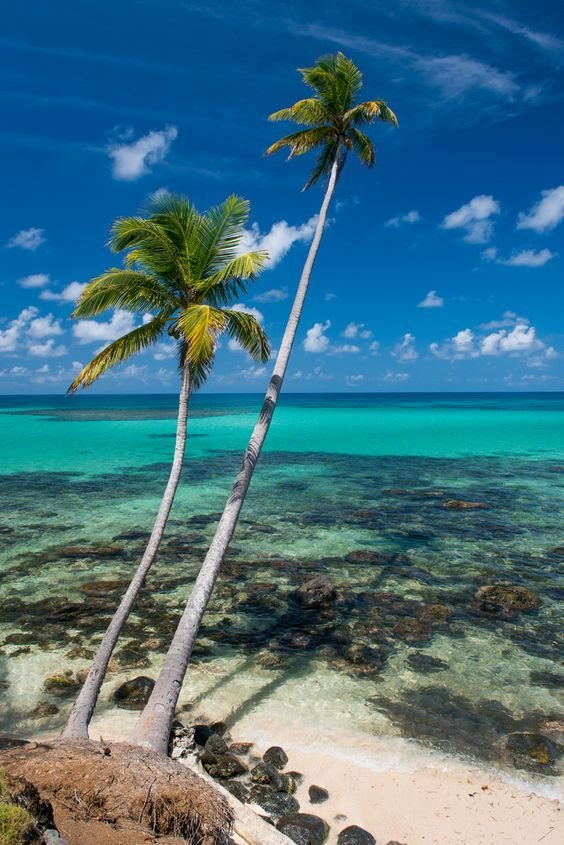
Must-See Attractions
Masaya Volcano National Park
One of Nicaragua’s most iconic natural landmarks, Masaya Volcano National Park is home to an active volcano with a spectacular lava lake visible from the Santiago Crater. This is one of the few places on Earth where you can safely witness molten lava glowing in the crater, especially breathtaking at dusk. The park features several hiking trails through volcanic landscapes, cooled lava fields, and diverse ecosystems inhabited by wildlife such as coyotes, foxes, and howler monkeys. The park’s accessibility and dramatic scenery make it a top attraction for adventurers and nature lovers alike.
Laguna de Apoyo
This stunning volcanic crater lake near the town of Catarina is a serene spot for swimming, kayaking, and relaxing. Its clear, warm waters and lush surrounding forest create a peaceful oasis, perfect for a day trip or overnight stay. The lake’s volcanic origin means the water is mineral-rich and inviting, making it a favorite for both locals and tourists seeking tranquility.
Cerro Negro Volcano
For thrill-seekers, Cerro Negro offers a unique experience: volcano boarding. This active volcano, with its steep black slopes of volcanic ash and sand, is the perfect natural slide. After hiking to the summit, visitors can race down on specially designed wooden boards at exhilarating speeds. The hike itself rewards with panoramic views of the surrounding volcanic chain and countryside, making it a must for adventure travelers.
Granada
Known as the colonial jewel of Nicaragua, Granada enchants visitors with its colorful Spanish architecture, cobblestone streets, and vibrant plazas. The city’s historic charm is complemented by attractions such as the imposing Granada Cathedral and the nearby Islets of Granada-a cluster of small islands in Lake Nicaragua accessible by boat tours. Granada’s lively markets, cafes, and museums offer a rich cultural experience.
Ometepe Island
Situated in Lake Nicaragua, Ometepe is formed by two majestic volcanoes, Concepción and Maderas. The island is a haven for eco-tourism, offering hiking trails through cloud forests, waterfalls, and petroglyphs left by indigenous peoples. Visitors can kayak on the lake, explore small villages, and spot wildlife like howler monkeys and exotic birds. Ometepe’s combination of natural beauty and cultural heritage makes it a must-visit destination.
San Juan del Sur
This bustling beach town on the Pacific coast is famous for its surfing, vibrant nightlife, and laid-back vibe. San Juan del Sur offers beautiful crescent-shaped beaches, excellent waves for surfers of all levels, and a variety of restaurants and bars. It’s also a gateway to nearby natural attractions like the Christ of the Mercy statue, which provides panoramic views of the bay.
Corn Islands
Located off Nicaragua’s Caribbean coast, the Big Corn and Little Corn Islands are idyllic tropical escapes. Known for their crystal-clear waters, coral reefs, and relaxed atmosphere, the islands are perfect for snorkeling, diving, and enjoying untouched beaches. Little Corn Island, in particular, is car-free and offers a peaceful retreat with rustic lodges and fresh seafood.
Leon
Leon is Nicaragua’s intellectual and cultural heart, with a youthful energy fueled by its universities. The city boasts the largest cathedral in Central America, numerous museums, and a vibrant street art scene. History enthusiasts can explore Old Leon, a UNESCO World Heritage site with ruins of the original city destroyed by volcanic eruption. Nearby volcanoes offer hiking and sandboarding adventures.
Lake Nicaragua
The largest freshwater lake in Central America, Lake Nicaragua is famous for its size and biodiversity. It is home to unique species such as freshwater sharks and offers opportunities for boating, fishing, and island hopping. The lake’s vastness and scenic beauty make it a centerpiece of Nicaragua’s natural attractions.
Fortress of the Immaculate Conception
Located in El Castillo on the San Juan River, this 17th-century fortress played a crucial role in defending Nicaragua from pirate attacks. Today, it houses a museum showcasing colonial military history and offers stunning views of the river and surrounding jungle.
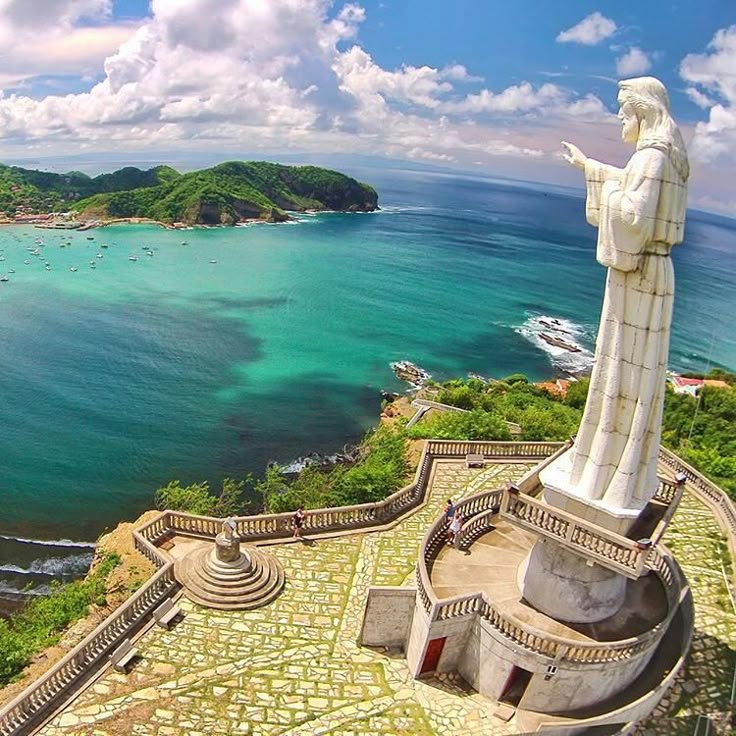
Must-Do Activities
Volcano Boarding on Cerro Negro
One of Nicaragua’s most thrilling activities is volcano boarding down Cerro Negro’s steep slopes. After a challenging hike to the summit, riders slide down on wooden boards, reaching speeds up to 50 miles per hour. This adrenaline-pumping experience is safe and guided by locals, suitable for adventurous travelers looking for a unique rush.
Hiking Volcanoes
Nicaragua’s volcanic landscape offers numerous hiking opportunities. Besides Cerro Negro, volcanoes like Mombacho, Concepción, and Masaya provide trails ranging from easy walks to challenging climbs. Hikers can enjoy cloud forests, crater lakes, and spectacular views of the surrounding countryside.
Exploring Colonial Cities
Walking through Granada and Leon’s historic centers is a must. Stroll cobblestone streets, visit centuries-old churches, browse artisan markets, and savor local cuisine in charming plazas. Both cities offer guided walking tours that delve into their rich history and architecture.
Boat Tours of the Islets of Granada
A boat trip through the Islets of Granada reveals small islands formed by volcanic activity, many inhabited by locals who welcome visitors with handcrafted goods and fresh fruit. The tour offers beautiful views of Lake Nicaragua and the city skyline, along with opportunities to spot wildlife such as birds and monkeys.
Surfing in San Juan del Sur
Whether you’re a beginner or experienced surfer, San Juan del Sur’s consistent waves make it a premier surfing destination. Surf schools and rental shops abound, and the town’s lively atmosphere adds to the fun. After a day on the waves, enjoy beachfront bars and fresh seafood.
Wildlife Watching on Ometepe and in National Parks
Ometepe’s forests and Nicaragua’s national parks are home to diverse wildlife, including howler monkeys, toucans, and exotic reptiles. Guided tours and nature walks increase the chances of spotting these creatures while learning about conservation efforts.
Snorkeling and Diving in the Corn Islands
The Caribbean waters around the Corn Islands boast vibrant coral reefs teeming with marine life. Snorkeling and scuba diving excursions reveal colorful fish, sea turtles, and even occasional encounters with reef sharks. The islands’ laid-back vibe makes for a perfect underwater adventure.
Relaxing at Lake Apoyo
Spend a day or more swimming, kayaking, or simply lounging by the warm waters of Lake Apoyo. The lake’s volcanic origin means the water stays pleasantly warm year-round, ideal for a refreshing dip surrounded by lush greenery.
Visiting Museums and Cultural Sites
In León, the Museo de la Revolución and the Cathedral Museum offer insights into Nicaragua’s history and art. Granada’s Casa de los Tres Mundos is a cultural center hosting art exhibitions, music, and theater performances, providing a window into contemporary Nicaraguan culture.
Participating in Local Festivals
Nicaragua’s calendar is filled with colorful festivals celebrating religious, cultural, and historical events. Participating in these vibrant celebrations offers a deeper connection to the country’s traditions and people.
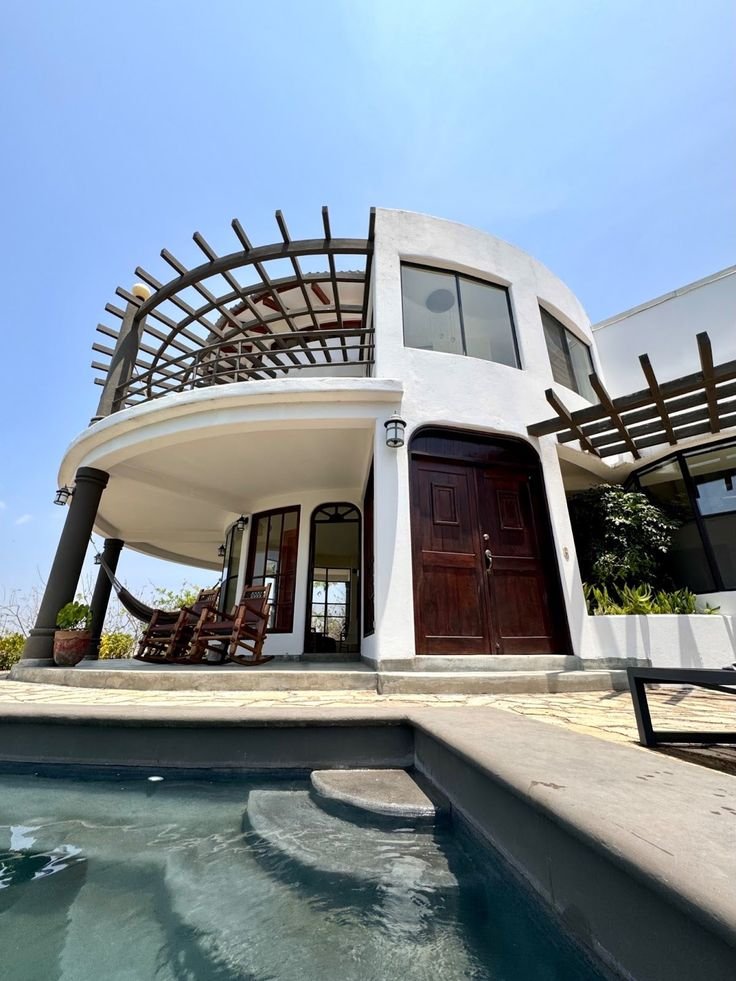
Travel Tips
Traveling to Nicaragua in 2025 promises an enriching experience filled with stunning landscapes, vibrant culture, and warm hospitality. To make the most of your trip and ensure a safe, respectful, and enjoyable visit, it’s essential to be well-prepared. Here’s a detailed guide with practical travel tips covering safety advice, local customs, and basic language essentials.
Safety Advice
Nicaragua is generally considered a fascinating destination, but like many countries, it requires travelers to exercise caution and awareness to stay safe.
- Stay in Tourist-Friendly Areas: Popular destinations such as Granada, León, and San Juan del Sur are relatively safe, especially during the day. However, avoid wandering into less populated or poorly lit neighborhoods, particularly at night. Cities like Managua and Bluefields have areas where crime rates are higher, so it’s best to remain vigilant and avoid walking alone after dark in these places.
- Avoid Walking Alone at Night: This is especially important for solo travelers and women. If you want to explore nightlife or evening events, try to go in a group or use trusted transportation. Walking alone at night can expose you to risks such as petty theft or worse.
- Use Official Taxis and Ride Services: Unauthorized taxis have been linked to incidents of robbery and kidnapping. Always use official taxis-those with red license plates and marked as part of a cooperative-or arrange rides through your hotel or trusted local contacts. Before getting in, confirm the destination with the driver multiple times and monitor the route via maps on your phone if possible.
- Avoid Night Buses: Public buses at night, especially on certain routes like Bluefields to Managua, can be risky due to criminal activity including drug trafficking. If you must travel by bus, opt for reputable companies like Tica Bus and avoid local night buses.
- Keep Valuables Secure: Petty crime such as pickpocketing is common in crowded markets, bus stations, and tourist areas. Carry only what you need, keep your belongings close, and avoid flashy jewelry or expensive clothing that might attract unwanted attention.
- Road Safety: If you rent a car or drive, exercise extreme caution. Outside the main Pan-American Highway, roads are often poorly maintained, with potholes, inadequate lighting, and minimal signage. Avoid driving at night and always lock your doors and keep windows closed in urban areas.
- Be Aware of Natural Hazards: Nicaragua is prone to earthquakes, hurricanes (June to November), and volcanic activity. Stay informed about weather conditions and follow local advice during your visit.
- Health Precautions: Tap water is generally not safe to drink; stick to bottled or purified water. Use insect repellent to protect against mosquito-borne illnesses, especially in rural or jungle areas.
Local Customs
Understanding and respecting local customs will enrich your experience and help you connect with Nicaraguans.
- Greetings: Nicaraguans are warm and polite. A common greeting is a handshake or a light hug among acquaintances. When meeting someone for the first time, it’s polite to say “Buenos días” (Good morning), “Buenas tardes” (Good afternoon), or “Buenas noches” (Good evening).
- Respect for Family and Religion: Family ties are strong in Nicaragua, and many social activities revolve around family gatherings. The country is predominantly Catholic, and religious festivals and traditions are important. Dress modestly when visiting churches or religious sites, and be respectful during religious events.
- Dining Etiquette: It’s customary to wait for the host to invite you to start eating. Saying “buen provecho” (enjoy your meal) to others at the table is a polite gesture. Tipping is appreciated in restaurants, usually around 10%.
- Dress Code: Casual clothing is acceptable in most tourist areas, but in rural or religious settings, modest attire is preferred. Avoid overly revealing clothes, especially in small towns.
- Language and Politeness: Use polite phrases such as “por favor” (please), “gracias” (thank you), and “disculpe” (excuse me) frequently. Nicaraguans appreciate respectful communication.
- Photography: Always ask permission before photographing people, especially in indigenous communities or rural areas.
Language Basics
Spanish is the official language of Nicaragua, and while English is spoken in some tourist areas and on the Caribbean coast, learning a few basic Spanish phrases will greatly enhance your interactions.
- Greetings and Common Phrases:
- Hello: Hola
- Good morning: Buenos días
- Good afternoon: Buenas tardes
- Good evening/night: Buenas noches
- Please: Por favor
- Thank you: Gracias
- You’re welcome: De nada
- Excuse me / Sorry: Disculpe / Perdón
- Yes / No: Sí / No
- How much does it cost?: ¿Cuánto cuesta?
- Where is…?: ¿Dónde está…?
- I don’t understand: No entiendo
- Do you speak English?: ¿Habla inglés?
- Numbers: Knowing numbers 1 to 10 and basic counting helps when shopping or negotiating prices.
- One: Uno
- Two: Dos
- Three: Tres
- Four: Cuatro
- Five: Cinco
- Ten: Diez
- Emergency Phrases:
- Help!: ¡Ayuda!
- I need a doctor: Necesito un doctor
- Police: Policía
Final Tips for a Smooth Journey
Additional Practical Tips
- Cash is King: While credit cards are accepted in many hotels and larger restaurants, small businesses and markets often prefer cash. ATMs are available in cities but may be scarce in rural areas. Carry some local currency (Nicaraguan Córdoba) for daily expenses.
- Stay Connected: Buying a local SIM card is affordable and useful for maps, translation apps, and emergency contacts.
- Respect the Environment: Nicaragua’s natural beauty is a major draw. Help preserve it by avoiding littering, respecting wildlife, and supporting eco-friendly tourism initiatives.
- Cultural Sensitivity: Nicaragua has a complex history and diverse ethnic groups, including indigenous and Afro-Caribbean communities. Approach cultural differences with openness and respect.
By following these travel tips, you’ll enhance your safety and deepen your connection with Nicaragua’s people and culture. With preparation and awareness, your 2025 trip to this vibrant country will be not only memorable but also smooth and rewarding. Enjoy the warmth of Nicaragua’s landscapes and hospitality while traveling smart and respectfully.

